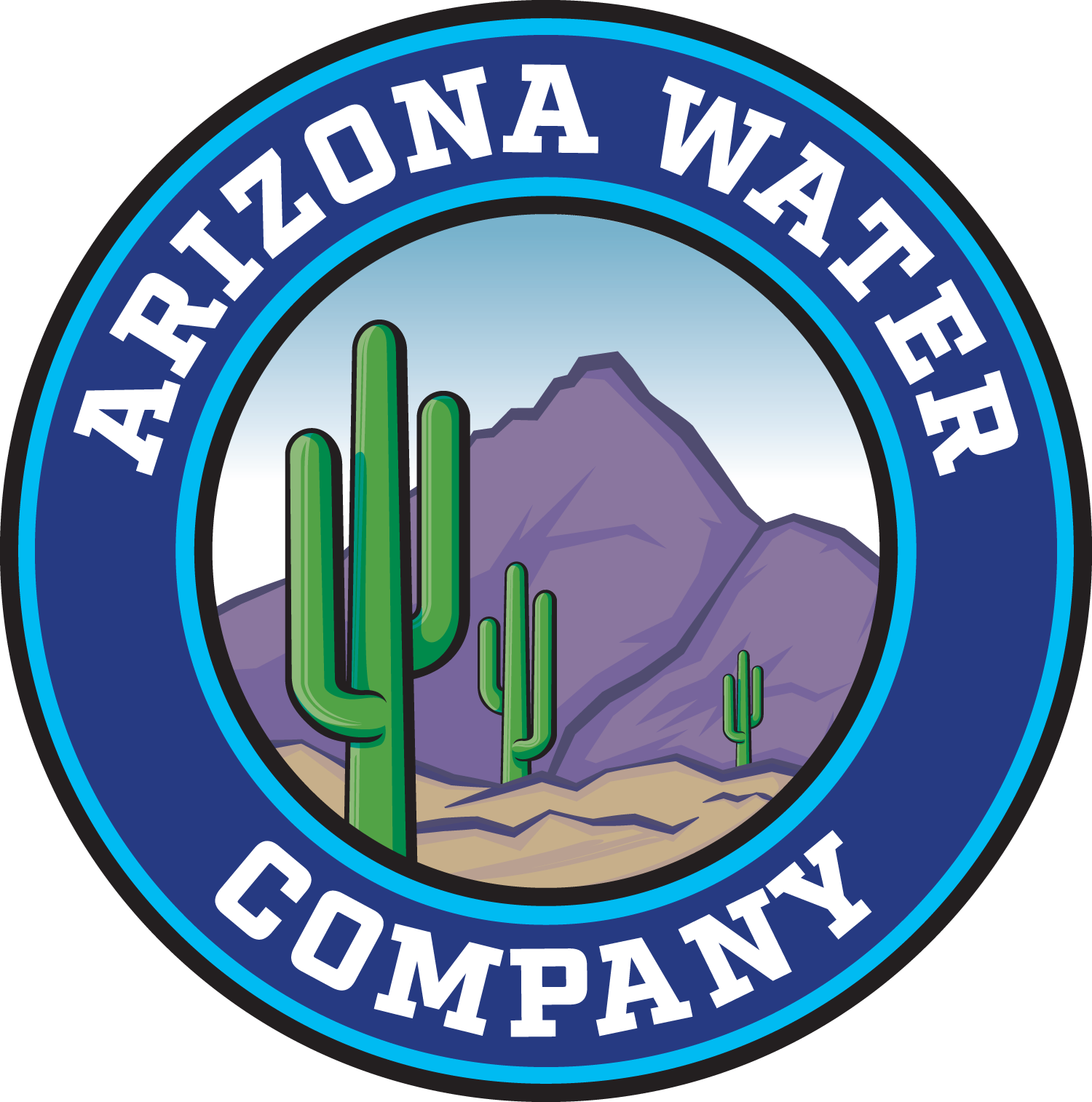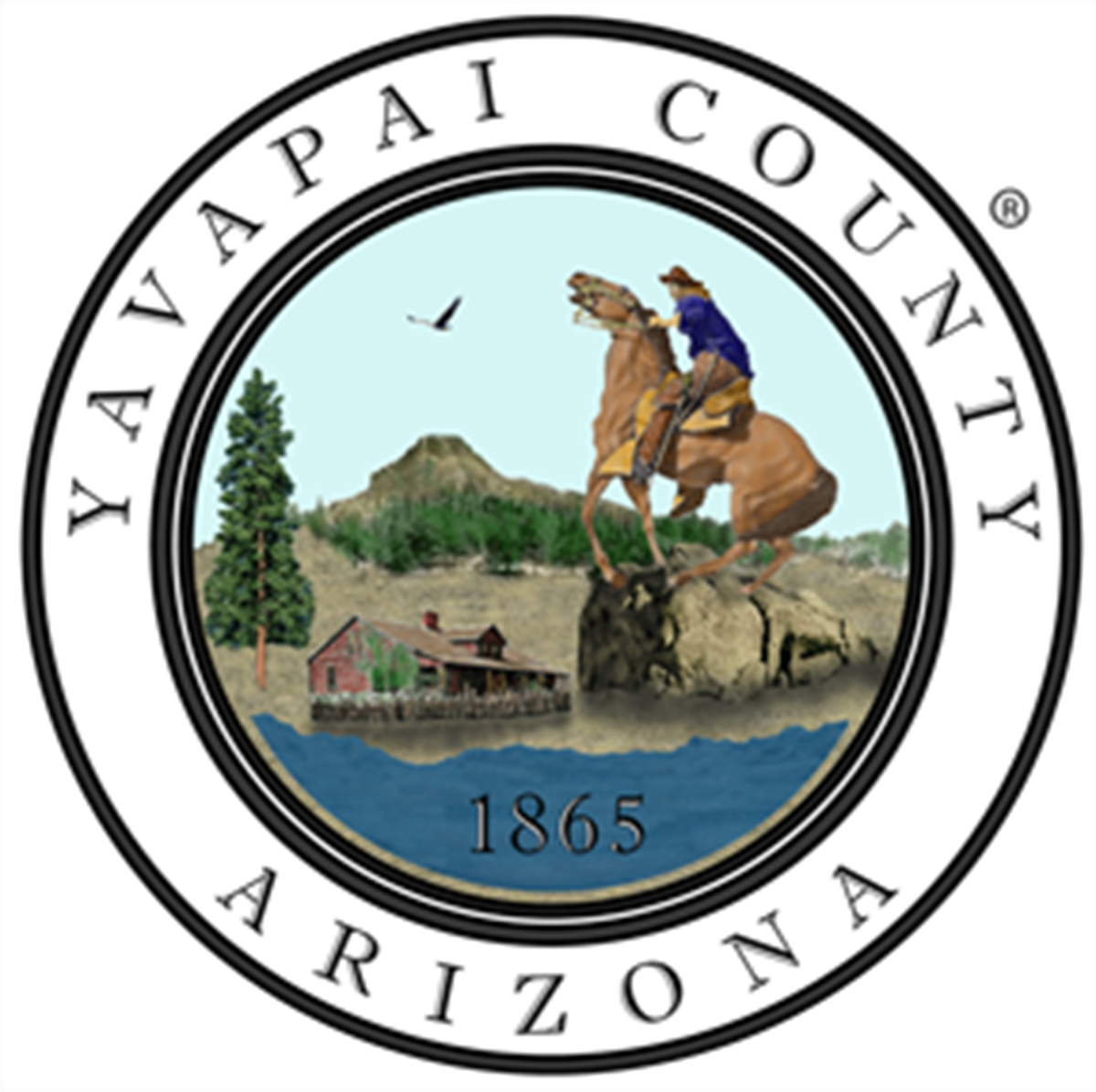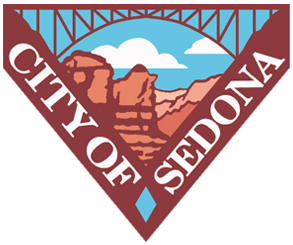Resources
AWC Resources for Water Conservation and Sustainability

Ripple Effect Sedona
294 Likes
Partnership between the City of Sedona, Village of Oak Creek, Yavapai County, Big Park Water Co & Arizona Water Co. #RippleEffect #SaveWater #WaterConservation





